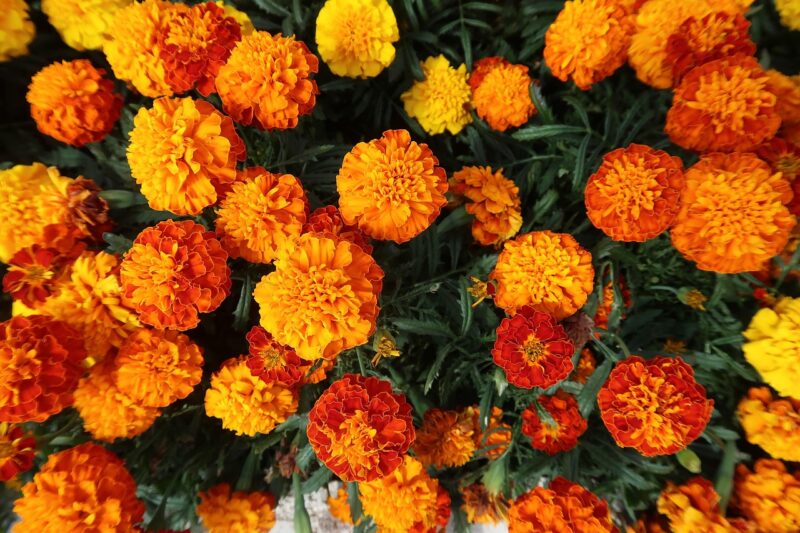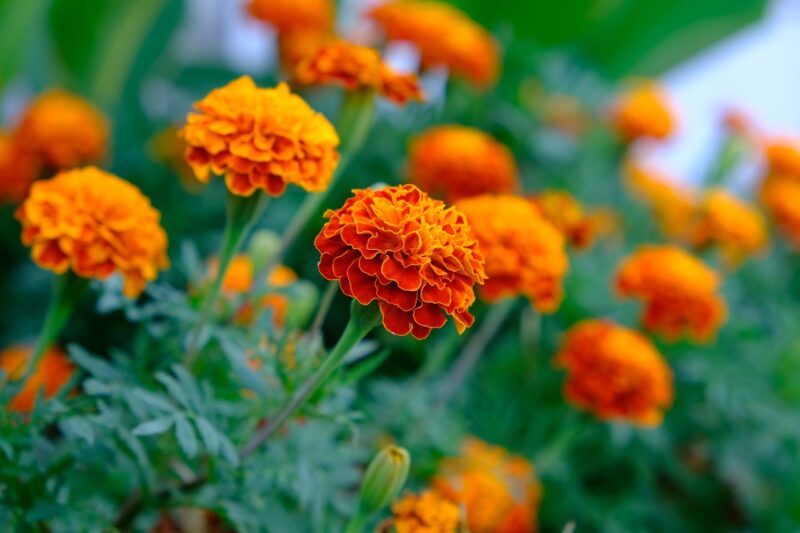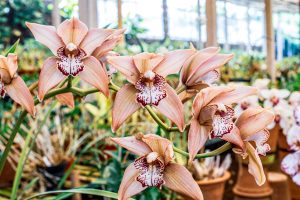This guide covers the specifics of when to plant marigold seeds, taking into account factors like climate, seed type, and growth stages to set you on the path to a flourishing garden.
Why Choose Marigolds?
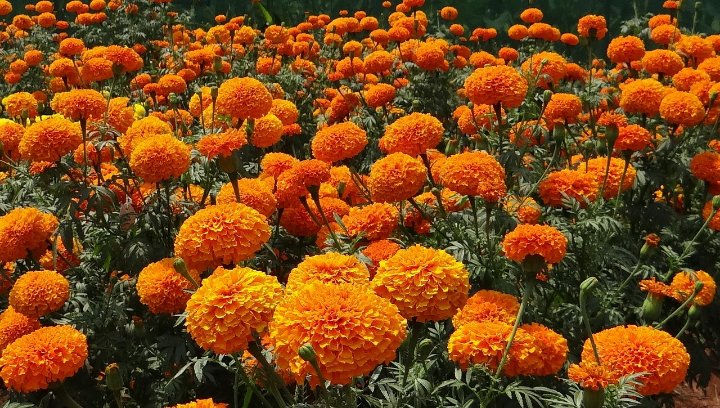
Before we dive into the intricacies of planting marigold seeds, let’s take a moment to appreciate why these flowers are a beloved choice for many gardeners. Marigolds are hardy annuals that come in a variety of colors, including yellow, orange, and red. They have a unique ability to thrive in a range of environments and conditions, making them perfect for both novice and seasoned gardeners alike.
Additionally, marigolds are celebrated for their ability to deter pests. The strong scent of marigolds helps fend off unwanted garden visitors like nematodes, aphids, and whiteflies. This quality makes them an excellent companion plant for vegetables and herbs, creating a synergistic relationship that benefits both your flowers and your crops.
Now that we’re on the same page about why marigolds are fantastic additions to any garden, let’s explore when and how to plant them.
Understanding Growing Zones
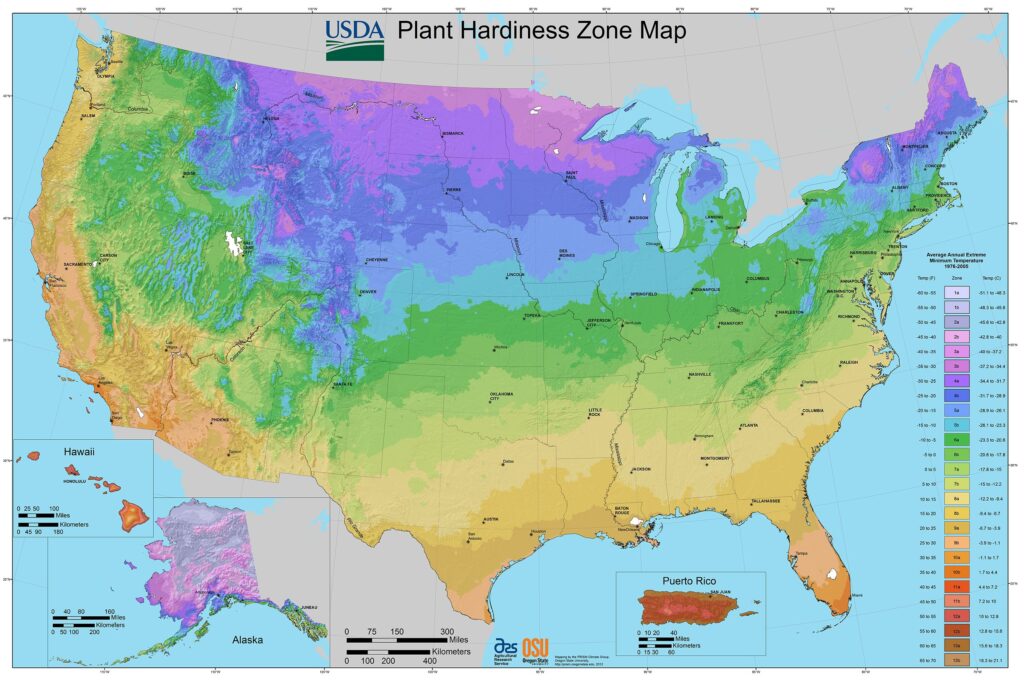
The first step to determining when to plant marigold seeds is understanding your growing zone. The United States Department of Agriculture (USDA) has designated various hardiness zones based on the average annual minimum winter temperature. This zone map is invaluable for gardeners as it provides insights into what plants will thrive in your region.
Most marigold varieties flourish in warmer climates, generally preferring temperatures that do not drop below 55°F (about 13°C). Typically, marigolds can be safely planted outdoors after the last frost date has passed in your area. To find your zone and the average last frost date, consult the USDA plant hardiness map and local gardening resources.
Knowing the Last Frost Date
Knowing your last frost date is crucial for timing your marigold seed planting. Depending on where you live, frost dates can vary significantly. In general, late spring is the best time for planting marigolds outdoors. For example, in coastal California, the last frost might occur in late February, while in Northern states like Michigan, it can extend well into May.
To find your specific last frost date, you can check local agricultural extension services, gardening clubs, or use web-based tools that factor in your ZIP code. Once you have this date, you will be equipped to plan your marigold planting accordingly.
Direct Sowing vs. Starting Indoors

An essential consideration when planning to plant marigold seeds is deciding whether to sow your seeds directly into the garden or to start them indoors. Both methods have their advantages, and your choice may depend on your local climate and personal gardening preferences.
Direct Sowing
For those in warmer climates, direct sowing marigold seeds outdoors after the last frost date is perfectly viable. This method is simple: prepare the soil by loosening it, ensuring proper drainage, and then sow the seeds about 1/4 to 1/2 inch deep. Marigold seeds germinate quickly, often within 7 to 10 days, given the right conditions.
Direct sowing can lead to strong plants with established roots, as they adapt to the local environment from the outset. However, you’ll want to ensure that the soil has warmed up sufficiently–ideally above 65°F (around 18°C)–for optimal germination.
Starting Indoors
Alternatively, starting marigold seeds indoors can give you a jumpstart on the growing season. This method is recommended for areas with shorter growing seasons or for gardeners eager to get a head start. It’s best to start these seeds about 6 to 8 weeks before the last expected frost date.
To start marigolds indoors, use seed trays or small pots filled with seed-starting mix. Keep them in a warm place, maintaining a temperature of around 70°F (21°C) to facilitate germination. Once the seedlings sprout and develop several sets of true leaves, they can be hardened off by gradually introducing them to outdoor conditions about 1-2 weeks before the transplanting date.
Doing so not only allows you to plant earlier but also helps ensure more robust plant growth.
Timing for Different Marigold Varieties
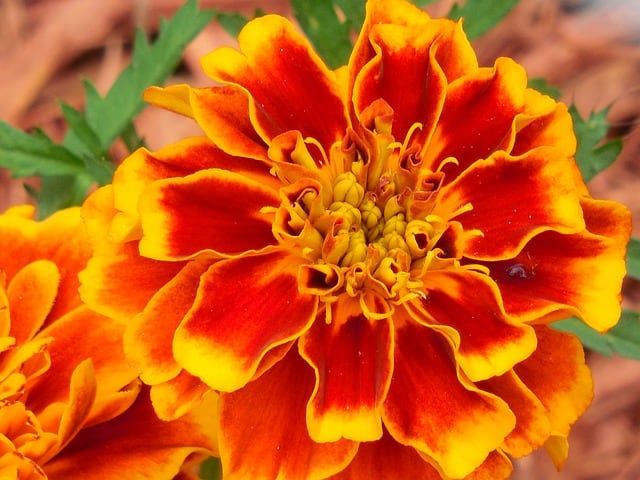
While the principles of timing based on frost dates and zones apply broadly, marigolds encompass a variety of species and hybrids, including Tagetes erecta (African marigolds), Tagetes patula (French marigolds), and Tagetes tenuifolia (signet marigolds). Each variety may have slightly different growing characteristics.
For instance, African marigolds tend to grow taller and have larger blooms; they prefer a hot growing season and can be directly sown in warmer climates. Conversely, French marigolds are shorter and bushier, thriving well in cooler weather. This variation can influence when you should plant your seeds to achieve the best results, so be sure to consider the particular needs of the varieties you choose.
Soil Preparation: Essential Steps Before Planting

Timing isn’t the only key to successful marigold cultivation. Preparing the soil adequately before you plant is equally important. This preparation stages your plants for success, enabling them to thrive once they are placed in the ground.
Soil Type and Condition
Marigolds flourish in well-draining soil that’s rich in organic matter. Conducting a soil test is a worthwhile step to determine pH levels and nutrient availability. Marigolds prefer a slightly acidic to neutral pH, between 6.0 and 7.0.
If your soil tests show deficiencies, amending it with compost or well-rotted manure can provide the necessary nutrients. You can also add perlite or sand to enhance drainage, ensuring that the roots of your marigolds don’t become waterlogged and susceptible to rot.
Tilling the Soil
Prior to planting, till the soil to a depth of around 12 inches, breaking up large clumps and removing stones and debris. This will help aerate the soil and make it easier for the marigold roots to penetrate. After tilling, rake the surface level and prepare for sowing.
Mulching
Applying a layer of mulch around your marigolds can help manage soil moisture levels, suppress weeds, and maintain an even temperature in the soil. Organic mulches, such as straw, grass clippings, or wood chips, also contribute to soil health as they decompose.
Care After Planting: Ensuring Healthy Growth
After you have sown your marigold seeds or transplanted young seedlings into the garden, ongoing care is essential to ensure they reach their full potential.
Watering
Marigolds generally prefer moderate moisture; they don’t like to be overwatered. A deep watering once a week, depending on rainfall and temperature, is often sufficient. Ensure that the top inch of soil dries out between waterings to encourage robust root growth.
Fertilization
Fertilizing marigolds is typically not necessary if the soil is adequately rich. However, a balanced, slow-release fertilizer applied in early spring can give an extra boost to the plants. Opt for a fertilizer with an N-P-K ratio of 10-10-10 or similar, and avoid high nitrogen formulas, which can lead to excess foliage and fewer blooms.
Pruning and Deadheading
Throughout the growing season, make a habit of deadheading your marigolds—pinching off spent blooms encourages the plant to produce more flowers and prolongs the blooming period. Additionally, if you notice any leggy growth or overcrowding, don’t hesitate to prune some stems, promoting overall plant health.
Pest Management and Disease Prevention
While marigolds are known for their pest-repelling qualities, they aren’t immune to threats. Keeping an eye out for common pests like aphids, spider mites, and whiteflies is crucial. Here are some strategies to consider:
Companion Planting
Utilizing marigolds in your garden alongside other plants can be an effective pest management strategy. Their strong scent can confuse pests and detract them from more vulnerable plants, while they also attract beneficial pollinators.
Natural Remedies
In instances where pests do appear, consider employing organic and natural remedies. Insecticidal soap, neem oil, or a mild soap-and-water solution can help manage pests without harming beneficial insects or the environment.
Crop Rotation
To prevent diseases and pests from taking hold, rotate your marigolds and other crops regularly. This approach helps disrupt the life cycles of harmful insects and prevents the build-up of soil-borne diseases.
Conclusion: The Joy of Growing Marigolds
Planting marigold seeds is undoubtedly a rewarding experience that contributes to a healthier garden ecosystem. Knowing when to plant these vibrant flowers ensures that you can maximize their beauty and pest-repelling properties.



